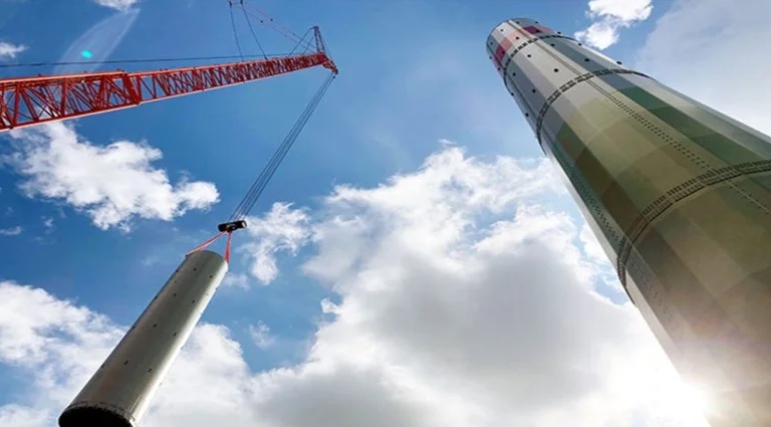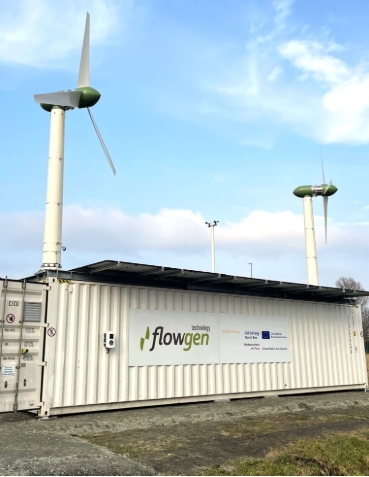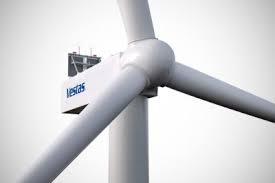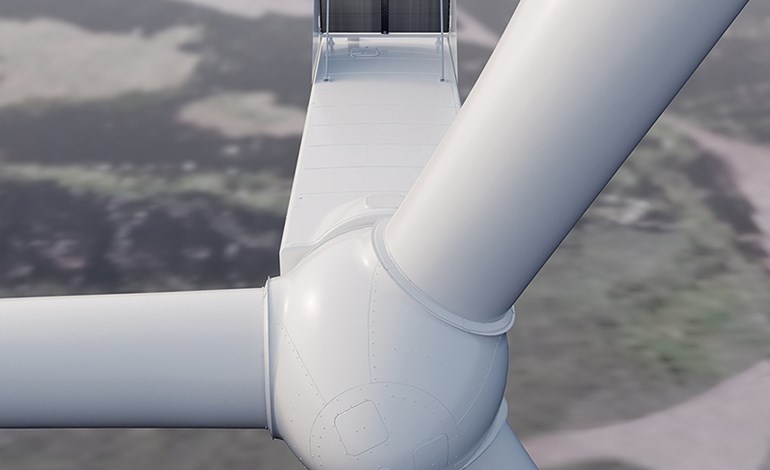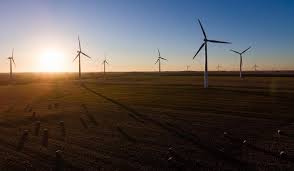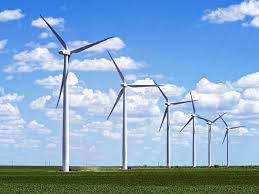
The U.S. Department of Energy (DOE) Solar Energy Technologies Office (SETO) announced the Foundational Agrivoltaic Research for Megawatt Scale (FARMS) funding opportunity, intended to award $8 million in funding for projects that examine how solar energy projects paired with agriculture– agrivoltaics–can scale up.
SETO said that projects likely will conduct a range of activities, including integrated agriculture-energy impact studies examining how agrivoltaic designs impact both agriculture production and energy production. Some projects could study how agrivoltaics may fit into existing agricultural communities and economies or enable new ones. Others may develop resources intended to lower the barriers of entry to agrivoltaics, making it easier for agricultural producers and solar developers to benefit.
DOE said it expects to make up to six awards under FARMS, each ranging from $1-2 million. SETO said it is interested in projects that partner with farmers who are pursuing “climate-smart and sustainable agriculture” and are considering agrivoltaics to enhance the economic efficiency and sustainability of small- and medium-size farms. Additionally, SETO is interested in projects that offer economic benefits to underserved communities in agricultural regions.
Agrivoltaics is defined as agricultural production, such as crop production, livestock grazing, and pollinator habitat that exist underneath solar panels and/or in between rows of solar panels. Agrivoltaics could help offset the impacts of extreme weather by reducing water use, increasing food yields, and limiting the negative effects of heat on solar panels.
Research suggests that agrivoltaics may not be well-suited for large-scale, single-crop farms that rely on heavy machinery. But the technique may boost the yields of certain plants in hotter-than-average years. At one Arizona site, cherry tomato yields reportedly were doubled and required less water when grown in the shade of solar panels.

